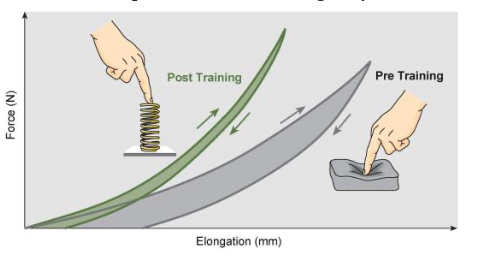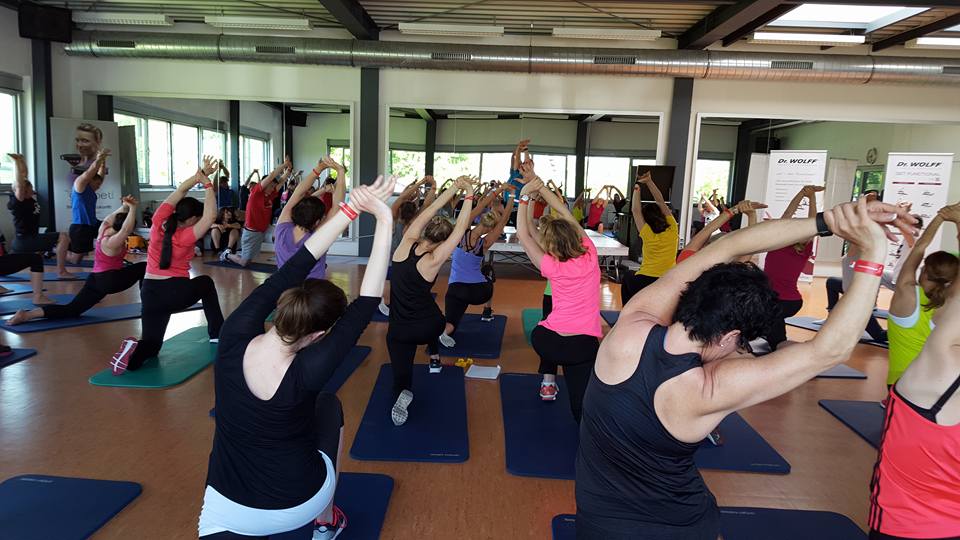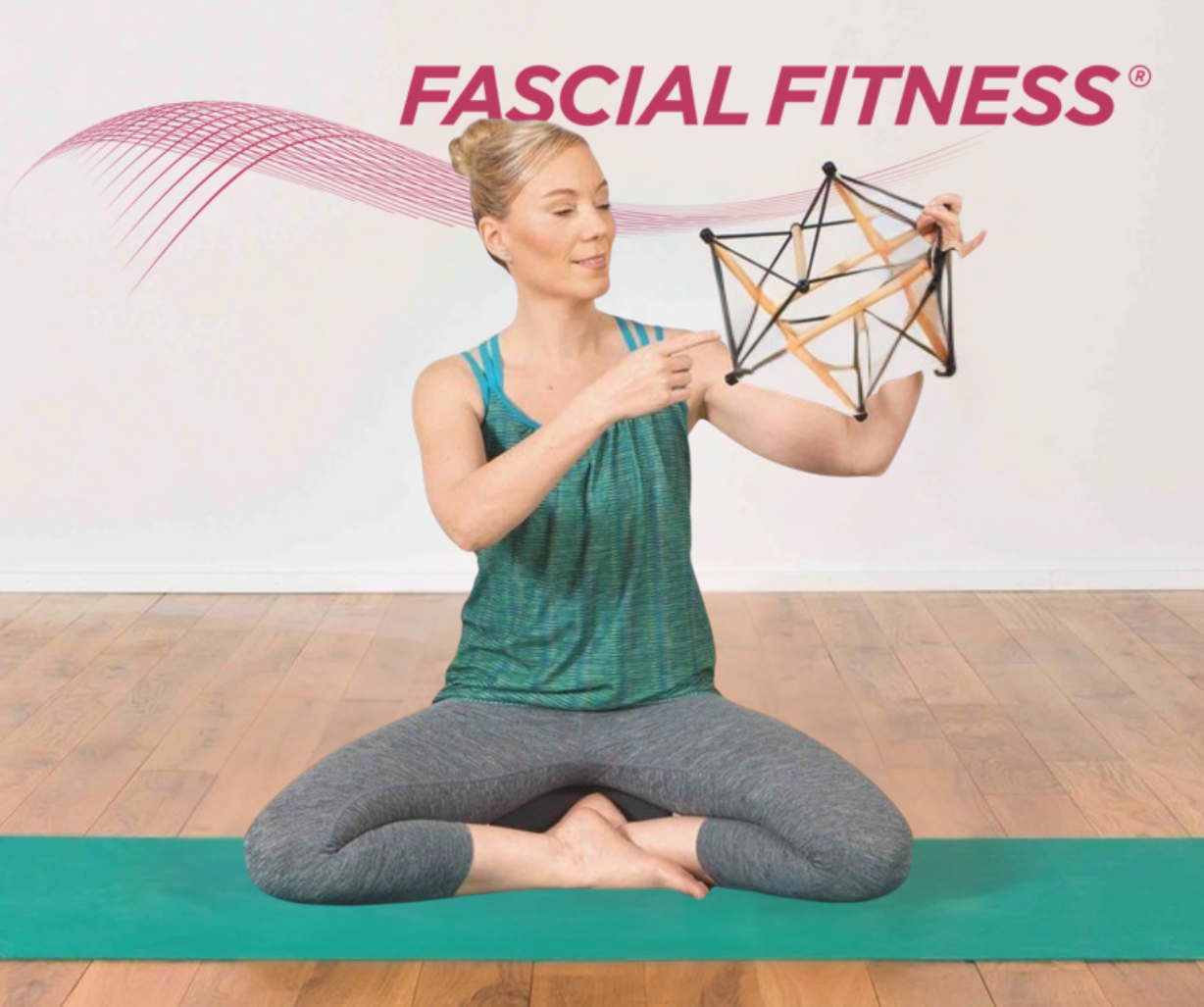(Excerpt from “Fascial Fitness: Fascia oriented training for bodywork and movement thereapies” by Divo G. Muller & Robert Schleip)
When a football player is not able to take the field because of a recurrent calf spasm, a tennis star gives up early on a match due to knee problems or a sprinter limps across the finish line with a torn Achilles tendon, the problem is most often neither in the musculature or the skeleton. Instead, it is the structure of the connective tissue – ligaments, tendons, joint capsules, etc. – which have been loaded beyond their present capacity (Renström & Johnson 1985, Counsel & Breidahl 2010). A focused training of the fascial network could be of great importance for athletes, dancers and other movement advocates. If one‘s fascial body is well trained, that is to say optimally elastic and resilient, then it can be relied on to perform effectively and at the same time to offer a high degree of injury prevention. Until now, most of the emphasis in sports training has been focused on the classical triad of muscular strength, cardiovascular conditioning, and neuromuscular coordination. Some alternative physical training activities – such as Pilates, yoga, Continuum Movement, Tai Chi, Qi Gong and martial arts – are already taking the connective tissue network into account.
The importance of fasciae is often specifically discussed; however the modern insights of fascia research have often not been specifically included in our work. In this article, we suggest that in order to build up an injury resistant and elastic fascial body network, it is essential to translate current insights of fascia research into a practical training program. Our intention is to encourage massage, bodywork, and movement therapists, as well as sports trainers to incorporate the basic principles presented in this article, and to apply them to their specific context.
Fascia Remodeling
A unique characteristic of connective tissue is its impressive adaptability: when regularly put under increasing physiological strain, it changes its architectural properties to meet the demand. For example, through our everyday biped locomotion the fascia on the lateral side of the thigh develops a palpable firmness. If we were to instead spend that same amount of time with our legs straddling a horse, then the opposite would happen, i.e. after a few months the fascia on the inner side of the legs would become more developed and strong (El-Labban et al. 1993). The varied capacities of fibrous collagenous connective tissues make it possible for these materials to continuously adapt to the regularly occurring strain, particularly in relation to changes in length, strength and ability to shear. Not only the density of bone changes, as for example in astronauts who spend most time in zero gravity, their bones become more porous; fascial tissues also reacts to their dominant loading patterns. With the help of the fibroblasts, they react to everyday strain as well as to specific training; steadily remodeling the arrangement of their collagenous fiber network. For example, with each passing year half the collagen fibrils are replaced in a healthy body.
The intention of fascial fitness is to influence this replacement via specific training activities which will, after 6 to 24 months, result in a ̳silk-like bodysuit‘ which is not only strong but also allows for a smoothly gliding joint mobility over wide angular ranges.
Interestingly, the fascial tissues of young people show stronger undulations within their collagen fibers, reminiscent of elastic springs; whereas in older people the collagen fibers appear as rather flattened (Staubesand et al. 1997). Research has confirmed the previously optimistic assumption that proper exercise loading – if applied regularly – can induce a more youthful collagen architecture, which shows a more wavy fiber arrangement (Wood et al. 1988, Jarniven et al. 2002) and which also expresses a significant increased elastic storage capacity (Reeves et al. 2006).

However, it seems to matter which kind of exercise movements are applied: a controlled exercise study using slow velocity and low load contractions only demonstrated an increase in muscular strength and volume, however it failed to yield any change in the elastic storage capacity of the collagenous structures (Kubo et al. 2003).


